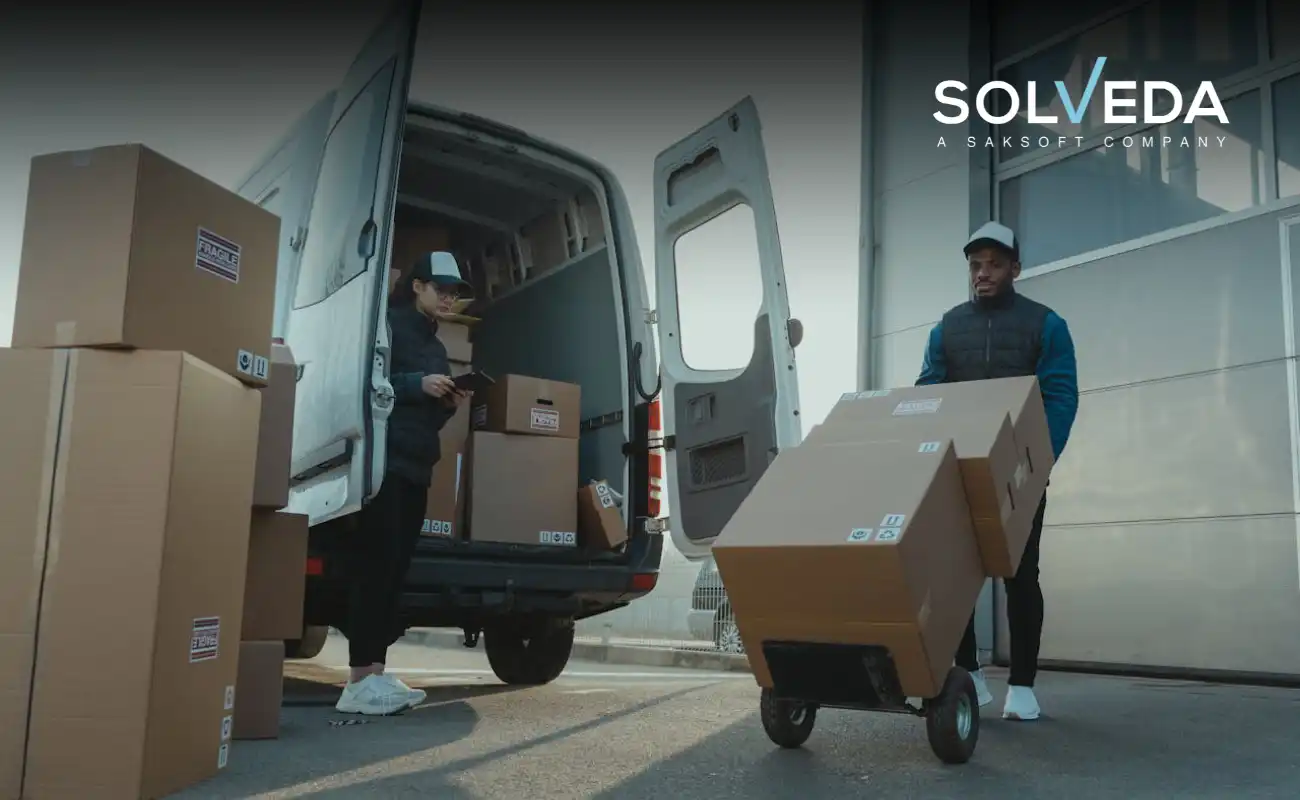
Sustainable eCommerce: Navigating Green Trends
In recent years, the global consciousness around environmental sustainability has grown significantly, prompting industries of all kinds to reevaluate their practices. A significant driver behind sustainable eCommerce is the conscious consumer. Studies show that 73% of global consumers would change their consumption behavior to reduce their impact on the environmentThe eCommerce sector, with its massive scale and environmental footprint, is no exception. In this article, we’ll explore sustainable eCommerce practices, navigating the green trends shaping the digital marketplace.
Trending Green Practices for a Sustainable Future
Here are some key trends defining sustainable eCommerce:
Eco-Friendly Packaging: Consumers are demanding plastic-free and biodegradable packaging options. Businesses are exploring alternatives like recycled cardboard, mushroom-based packaging, and minimal-waste designs.
Carbon-Neutral Shipping: Offering carbon offset programs or partnering with shipping carriers that invest in sustainable practices allows businesses to neutralize the environmental impact of deliveries.
Sustainable Product Sourcing: Consumers are increasingly interested in the origin and environmental footprint of the products they buy. Partnering with suppliers who prioritize ethical and sustainable production methods is crucial for brands looking to appeal to eco-conscious customers.
Transparency & Customer Education: Educating customers about the environmental impact of different choices empowers them to make informed decisions. Brands can achieve this through clear labeling, sustainability reports, and educational content.
Circular Economy Practices: The concept of a circular economy involves keeping products and materials in use for longer. Businesses can explore offering repair services, selling refurbished products, or implementing take-back programs for used items.
Implementing Sustainable Practices:
While adopting sustainable eCommerce practices can seem daunting, here are some actionable steps businesses can take:
Conduct an Environmental Audit: Assess the environmental footprint of your current operations. This will help identify areas for improvement and prioritize actions.
Set Sustainability Goals: Establish clear and measurable goals for reducing your environmental impact. These goals can encompass packaging waste reduction, carbon emissions mitigation, or increased use of recycled materials.
Partner with Sustainable Suppliers: Choose suppliers who prioritize ethical sourcing, sustainable production methods, and responsible waste management.
Offer Eco-Friendly Packaging Options: Provide customers with the ability to choose from plastic-free and biodegradable packaging materials.
Implement Carbon Neutral Shipping: Partner with shipping carriers offering carbon offset programs or invest in carbon offsetting initiatives for your deliveries.
Educate Your Customers: Be transparent about your sustainability efforts and educate your customers on the environmental impact of their choices. Offer information on eco-friendly product options and responsible disposal practices.
The Road Ahead:
The shift towards sustainable eCommerce practices is not just a trend; it’s a necessity. By embracing these eco-friendly solutions, businesses can cater to a growing segment of environmentally conscious consumers, build brand loyalty, and ensure a more sustainable future for the digital marketplace. As technology continues to evolve, we can expect even more innovative solutions that minimize the environmental impact of online shopping. The future of eCommerce is green, and businesses that embrace sustainability will be at the forefront of this positive transformation.
Looking to optimize your eCommerce Site? Our team of eCommerce experts can help you unleash your online store’s efficiencies, maximize ROI & propel your business forward. Schedule a call now to get started!